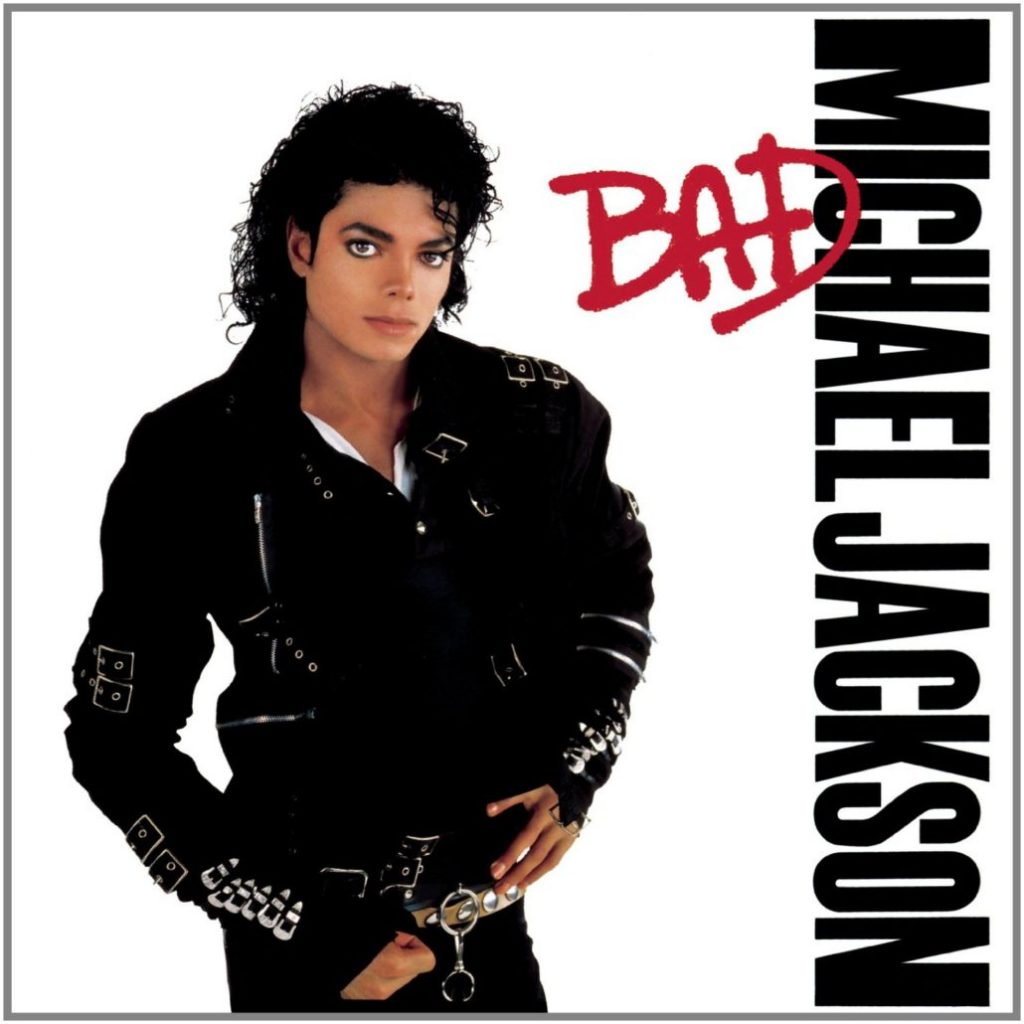
The Making of the “Bad” Album
Michael’s album project was to be recorded at Westlake Recording Studios in Studio D. Westlake is located at Santa Monica Blvd. in West Hollywood, California. The day prior to officially starting the album, I had Michael’s Synclavier brought into the studio. The main tower was set up in a small room just outside the control room. The keyboard and terminal were set up in the control room. This was to be the Synclavier’s permanent home for the next 12 months. As I was setting up the Synclavier, Michael came in and we just chatted for a while. He was clearly excited that we were finally beginning to record his next album. One of the things he said during that conversation stayed with me always. He said to me, “The key to success in this business is to be humble.”
The next day, Bruce Swedien and Quincy Jones came in to the studio. I had already met Bruce but Michael introduced me to Quincy. Their demeanor was very polite but professional. I was thrilled to be working with these people. They were very top professionals in the music industry and the vibe was that we were there to make an album to top Thriller, the biggest selling album of all time! This was going to be a big task!
The Synclavier was new to Quincy. All he knew was that Michael had made his song demos on it. Bruce had a little experience on his prior movie score project for “Running Scared.” Both Bruce and Quincy had worked together many times so they already had a way of working together. Quincy’s way as a producer was to bring in combinations of various musicians and record them. Bruce’s way was to get the performance recorded as close as possible to what the musicians were playing live. The Synclaveir was about to change that idea of working.
My professional view was that I was there to operate the Synclavier and to be quiet and observe these talented people at work. For the next couple of weeks, I observed Quincy’s method of production and Bruce’s method of recording.
The main recording/production team that would work on the album nearly everyday for the next 12 months consisted of Michael Jackson (Artist, Producer), Quincy Jones (Producer), Bruce Swedien (Engineer), Craig Johnson (Second Engineer) and myself (Synclavier). Of course there were many musicians and technicians that would also be working as well. There are so many stories I could tell but there is not enough room to tell them all here, but here are a few.
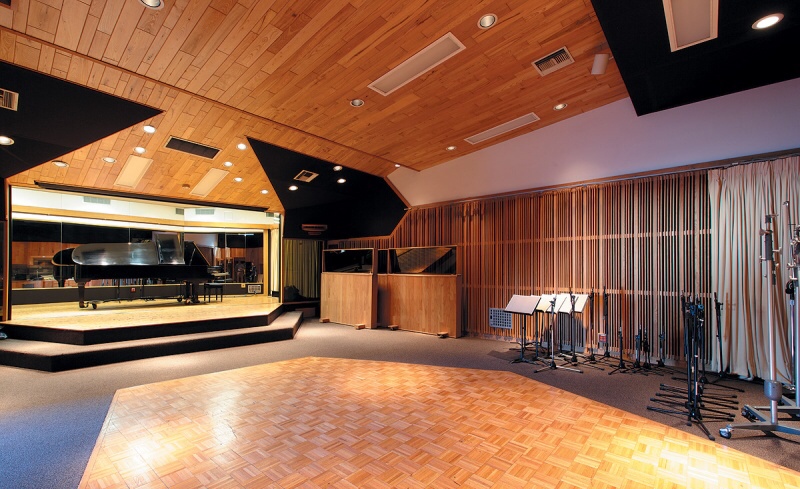
I remember one day very early on, Quincy had his favorite session keyboard player Greg Phillinganes come in to record. The approach Quincy had was to re-record the Synclavier tracks with live session musicians. Quincy told me to play the Synclavier version of the song “Smooth Criminal” for Greg. I played the song and when it was near the end of the song, Greg asked if there was anything different on the fade out. I said, “No, it just repeats.” So he said, “Ok, let’s do it!” I called up the first sound and hit go. Bruce began to record and Greg proceeded to play every single part on the song…with only one take on each of the tracks! This included all the drums and percussion, the bass, the chords…everything! Perfectly! But what really amazed me was that he had only heard the song once! I was mind boggled! No wonder he was Quincy’s first call keyboardist!
Another day, Quincy brought in bass player Louis Johnson from the Brothers Johnson to play bass on some of the tracks Greg had played. Slam’n bass!
But I soon began to notice that there was no attention being paid to synchronizing these tracks with the Synclavier. There are many reasons why the Synclavier should be in sync with these recordings. I saw a possible train wreck in the near future if this was not addressed. I decided to break my usual silence and explain to Bruce. He basically told me that they have everything under control. So I said “Ok.”
I would arrive every day at about 10:00 am and we would work until maybe 7:00 pm or later. I would then drive to Michael’s house and work until about 1:00 or 2:00 am. We would work on Saturdays at Westlake but usually take Sundays off. But on Sundays, I would go to Michael’s house and work on songs all day and late into the night. This was to be my basic schedule everyday for the next 12 months.
One interesting note, for the first two weeks of working, Bruce would comment out of the blue everyday how he and the other Synclavier operator from his previous movie project, would do such and such and how cool it was and how good a Synclavier operator he was. Talk about pressure! All I could do is acknowledge and do my best. Then one day, again for no particular reason, Bruce turned to me and said, “You know, you are a lot better than (un-named)!” I was totally surprised! Bruce never mentioned him again! Wow!
One morning, John Robinson, drummer extraordinaire and another of Quincy’s top guys brought in six of Michael’s songs that he had programmed on an Oberheim drum machine. Most drum machine parts I had heard sounded very mechanical. Not so with these tracks. They sounded amazing! The feel was great! John said “He programed them in real time and were not quantized to a click.” John said He finished just in time because he was going on tour the next day with the famous group The Band. We recorded his drum tracks from the drum machine to digital tape. That day I was just observing. The next day, Michael came in to hear the tracks. I told him they sounded great. He listened and was dancing. When we finished listening, Michael agreed, they sounded great but…the arrangements were completely wrong! John was already gone on tour so he could not redo the tracks!
Bruce was perplexed as to what to do. I said, “I can put those tracks into the Synclavier and then rearrange everything correctly.” So he said “Ok” and I did it. This is when Bruce realized the importance of being able to sync the recordings with the Synclavier. So we proceeded to redo everything that we had already done, so we would have a solid framework from which to do anything. We could replay parts, change sounds, change arrangements…anything. I could even make a breathable click track from John’s drum machine performance so as to not mess with the feel! So for a few more weeks, the Synclavier became a “Band Aid.” We re-recorded everything in order to begin at square one.
Also, early on, when live tracks were being recorded, Michael would listen and say he liked the Synclavier versions better. This happened all the time, so soon, Quincy changed his way of working and we began to use the Synclavier for everything.
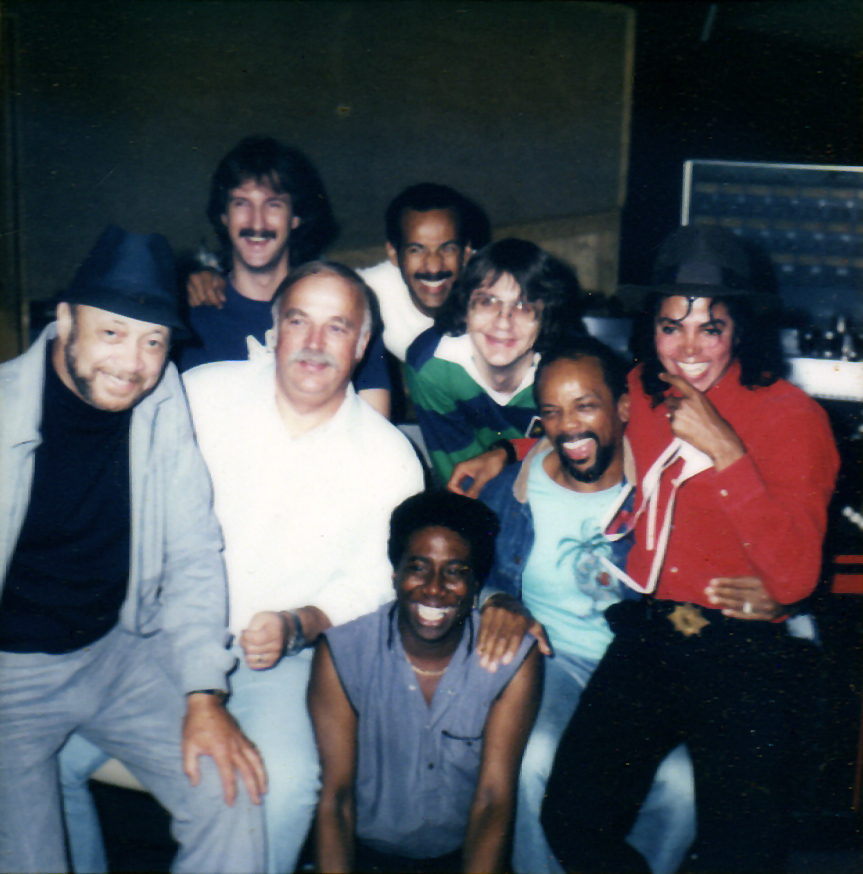
So many interesting people came into the studio during the making of the album. All friends of Michael or Quincy. People such as Oprah Winfrey, Elizabeth Taylor, George Lucas, etc., etc., etc. Very interesting!
After about six months of recording, Quincy decided, as a change of pace, to bring in a group of the best session players to record a ballad. I think it was the song, “I can’t stop loving you.” Everyone thought this was a good idea. As I recall, this group consisted of, among others, Greg Phillinganes (Keys Synclavier), Nathan East (Bass), N’dugu Chancler (Drums) and Paulinho da Costa (Percussion). When this group of musicians got together at Westlake, they realized that Michael was using the Synclavier. Nathan said, “So YOU’RE the reason why no one was being called.” What was interesting, these Los Angeles first call studio musicians had been aware that Michael was working on a new album but they were wondering why no one was being called to record. I was not received well by these musicians at the time because they thought I was taking away their work. What a great introduction to LA’s finest studio musicians! Yikes! Actually, I had never even considered that I was taking away work from anyone. I was just using the Synclavier as a creative tool for manifesting Michael’s musical ideas. As it turned out, Michael liked the Synclavier version of the song better…Wow!
One day, Quincy informed me that Jimmy Smith was coming in to play. Quincy decided to bring in his modified MIDI Hammond B3 for Jimmy to play. We could record his performance via MIDI into the Synclavier. We could then have the possibility to modify his performance or change the sounds after the fact. Quincy said, “Jimmy is good for only a couple of takes so make sure you capture his performance the first time.” Quincy was correct. I got his performance into the Synclavier no problem. I even sampled every note of the Hammond sound he was using after he left the studio. Later, Quincy decided to crossfade his Hammond performance with a more modern synth solo by Greg. This is what ended up on the album.
I remember when Run-DMC came to Westlake for a meeting with Michael. Quincy thought Rap music was going to be the next big thing and he wanted Michael to do a collaboration with them. After the meeting, nothing seemed to happen. Later I asked Michael how it went. It seems they were very arrogant and demanding. Wrong attitude for them! Michael thought the vibe wasn’t right. Anyway, I asked Michael what he thought about Rap music. He said, He did not like it very much. It was not musical enough for him. He liked melodies and real singing.
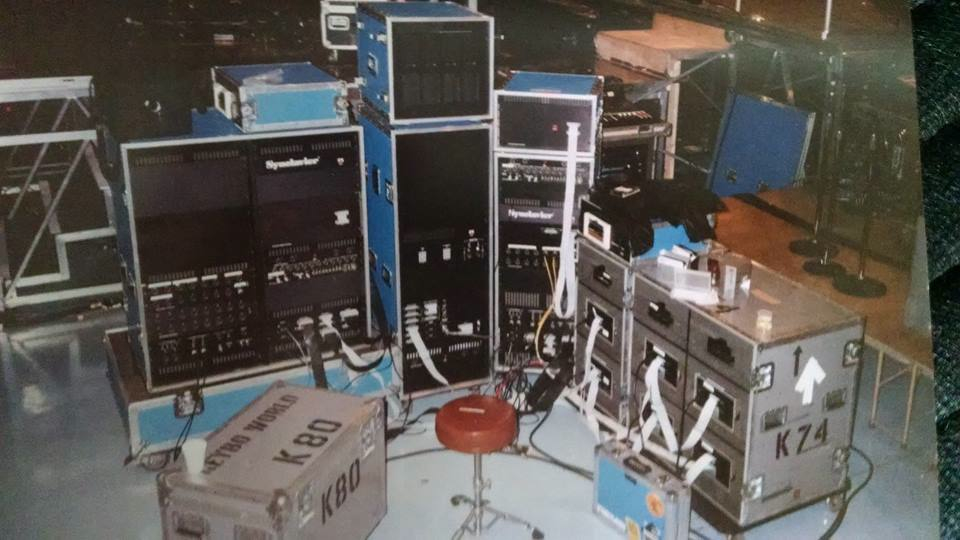
Michael liked to double and triple track his vocal harmonies. Generally, Michael liked to really go for it on one set of harmonies to get the emotional impact. Then I would put those in the Synclavier and insert them in all the places in the song where those harmonies appeared. This procedure also reduced vocal fatigue from just repeating the same things multiple times…especially on repetitive out-choruses that went on for 5 minutes for dance mixes.
At one point in the project, Michael became concerned that for some reason, the songs were not sounding the same as we had originally recorded them into the Synclavier at his house. He had discussed this with Bruce but he did not seem to understand Michael’s concern. Michael liked to listen LOUD!!! When he would come into the control room at Westlake to listen to something…

everyone would run out of the room as he turned up the 25,000 watt speaker system to nearly full! He wanted to “feel” the music! Quincy even joked that during the making of Thriller, the speakers actually caught fire. This was taken as a sign for a hit album! Westlake blew a tweeter while we were doing the song “Bad”!
Anyway, Michael was concerned that the “punch” of the music was being lost somehow. Michael called a meeting with me and his manager Frank DiLeo to listen to the original tracks of the songs at Michael’s studio on the Synclavier. Frank agreed that there was a difference. Michael especially noticed this on the song “Smooth Criminal.” More attention began being put on this aspect of the recordings.
On “Speed Demon,” the original demo had a synthesizer sound doing a sweep up in the break before the solo. I thought that this was not very creative or interesting and had nothing to do with the song’s content. My idea was to replace it with a race car shifting through gears. I dropped the sounds into the Synclavier, made a patch, which included the gear shift sound and I played the race car shifting through the gears in the right timing with the groove. Michael loved it, so it is what you hear in the final song.

I don’t remember who’s idea it was to record Michael’s heartbeat for “Smooth Criminal.” It was an interesting project. Michael contacted Dr. Eric Chevlen and flew him down to Westlake from the Bay area. Dr. Chevlen had special equipment for recording the human heart. I recorded Michael’s heartbeat directly into the Synclavier in stereo. I digitally processed it in the Synclavier to give it a bit more clarity. I then controlled the speed of his heart digitally, slowly speeding it up. You can hear it in the beginning of “Smooth Criminal.”
During the recording of “Smooth Criminal,” Michael began shooting the dance scenes for the video. The song was not even close to being finished. I remember messengers coming to the studio every couple of hours to get the newest mix of what I was doing on the Synclavier so they could use it for the dance choreography over at the video sound stage.
On the song “Bad,” Michael was hearing a very specific bass sound. He was looking for a certain feel. This proved to be a bit of a challenge. I tried many bass sounds. Michael liked them but always there was something missing. In the end, the solution was to mix all the sounds Michael liked into one bass sound. To accomplish this took nine different bass sounds, which included synth sounds, organ bass pedal sounds as well as electric bass sounds. The composite worked and it is what you hear today on the song.
Michael really liked the demo of the song “Bad” so he made a special appointment for Quincy to hear it. Quincy liked it and thought it would be the hit single off the album. Quincy then played the tune for the executives at CBS and they liked it, too. Michael then thought the title of the album should be called “Bad.” Quincy said that the album better be good because the critics will really have a great time with that title!
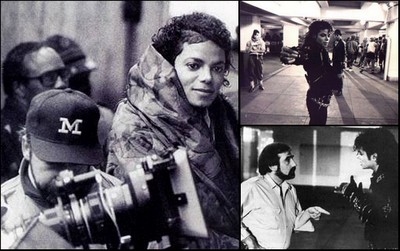
I remember when Michael had hired Martin Scorsese to direct the “Bad” video. All of a sudden I was informed that I might have to go to New York with the Synclavier in case Michael needed it during the shoot. We were also working on other songs at Westlake (as well as working at Michael’s house) so there was a bit of a panic. This is where the phrase, “Chris needs to be cloned” became popular! It was common that I needed to be in two or three places at once! Finally, the day before we were supposed to leave, it was decided I should stay working at Westlake! Never a dull moment!
When the “Bad” video was rough edited, it was discovered that there were a few spots where Michael was singing some vocal effects on the video but there was no sound to go with them…such as his popular high pitched oooooo! So…I had to go find some of those ooooos on other recordings and drop them into the “Bad” track in the right place so it looked correct! It was then that Michael noticed that there was no intro to the song on the video. The job was given to me to create an intro for the song. I did this at my own studio on the Synclavier. Jerry Hey had just finished a terrific horn arrangement on “Bad” so I thought I would sample some of the horn hits from other sections of the song. I then re-pitch them, mixed in a percussion hit and a metallic sound and used this composite as a single keyboard sound. I then played in the intro that you hear at the beginning of “Bad”!
Michael liked the idea of the song “Bad” so he decided to call the upcoming tour the “Bad Tour.”
Michael became dissatisfied with the recording of “Smooth Criminal” so we re-recorded it. Michael liked it better but was still not convinced. More on this later.
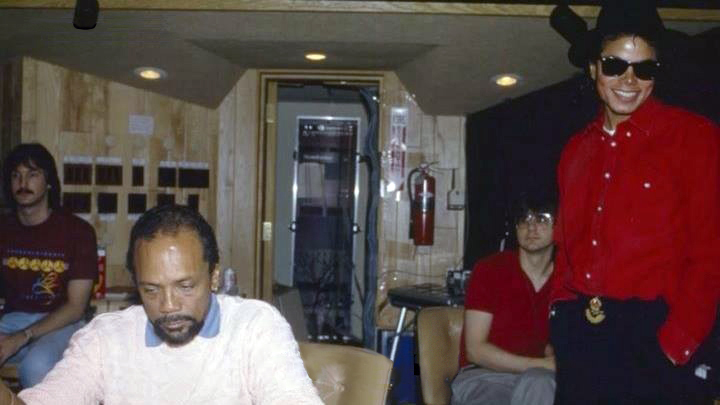
Since nearly a year had passed of recording, CBS records wanted the album finished, so suddenly there was a flurry of activity at Westlake. Two rooms were going at the same time to put finishing touches on the album.
The making of the album was starting to wind down. Many people were asking me to work with them. Including Stevie Wonder, Pink Floyd and others. Since there were some holes in my work schedule, I thought I might find a bit of time to work on these other projects. When I mentioned them to Michael, he said “No”…he needed me to work on videos, the tour, as well as finish the album. He had not mentioned these things before so I turned down all other work.
I asked Frank DiLeo when Michael’s tour would start. He told me that he was working on opening in Japan in three months. I then asked Michael, I have some time, so maybe I should start preparing the music for the tour. He said no, that the album had to be finished and done correctly or there will be no tour. I thought ok…no problem. Another month passed. The dates that DiLeo had mentioned were coming closer. I asked Michael again if I should be working on the music in preparation for the tour. He gave me the same answer. Michael was keeping me busy, but there was a bit of time to work on tour things and I always like to be prepared. I knew the band on the “Victory” tour with Michael’s brothers had rehearsed for three months. Since there was no word about the tour, I thought, there is no way that with only about eight weeks left that the tour would begin in Japan as Frank suggested.
On June 29, 1987, I remember coming home from Michael’s house in time to turn on the 11:00 news. Suddenly, the announcement came on, “Michael Jackson announces world tour to begin September 12, 1987 in Japan!” I had been working for Michael for over one and a half years nearly everyday and I find out about the tour on the 11:00 news! Wow! Essentially, we had to prepare maybe the biggest tour ever with the most famous singer of all time in about eight weeks! There was no band, no musicians…nothing!
The next morning my phone was ringing off the hook as everyone was in a panic!
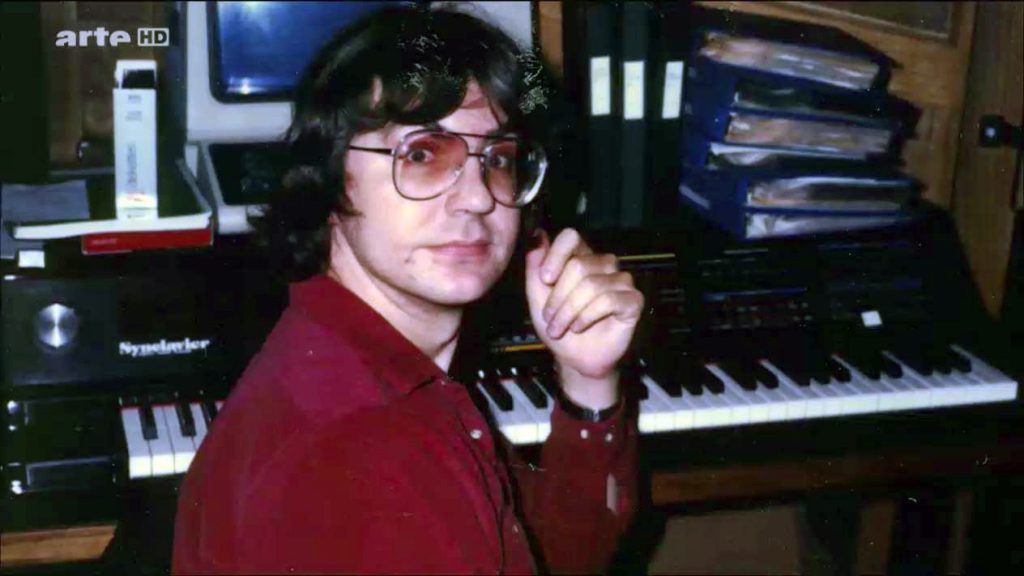
Next month, I will conclude my Synclavier, Music and Michael Jackson story: The “Bad” world tour.
See you next month here at the Event Horizon!
You can check out my various activities at these links:
http://transformation.ishwish.net
http://currelleffect.ishwish.net
http://www.audiocybernetics.com
http://ishwish.blog131.fc2.com
http://magnatune.com/artists/ishwish
Or…just type my name Christopher Currell into your browser.
Current Headphone System:
- Woo Audio WES amplifier with all available options
- Headamp Blue Hawaii with ALPS RK50
- Two Stax SR-009 electrostatic headphones
- Antelope Audio Zodiac+mastering DAC with Voltikus PSU
- PS Audio PerfectWave P3 Power Plant
- Wireworld USB cable and custom audio cable by Woo Audio
- MacMini audio server with iPad wireless interface.














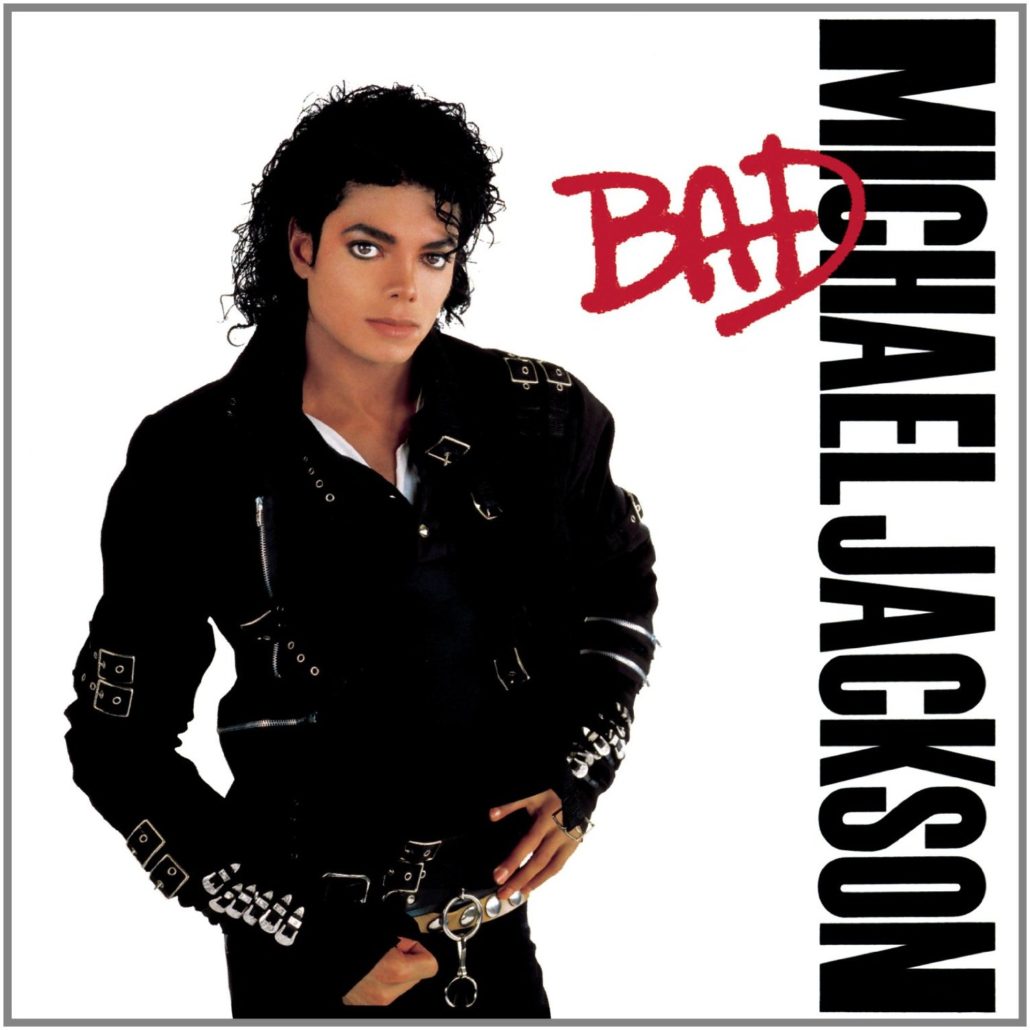
Reply
Reply
Reply
Reply
Reply
Reply
Reply
Reply
Reply
Want to join discussion?
Feel free to contribute!